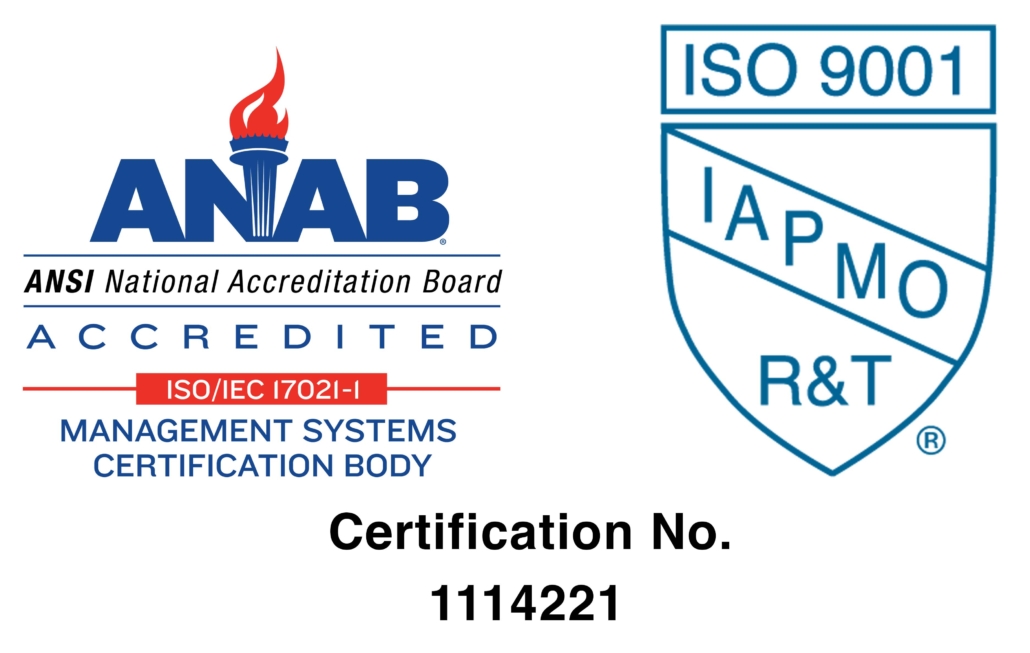
Understanding Nylon 66 Recycling and Its Importance
Nylon 66 is a strong, durable, and widely used synthetic polymer with a variety of applications. This includes textiles, carpets, engineering plastics, and the automotive industry. However, the production of this material also creates an environmental problem since it does not decompose easily and releases toxic emissions when burned. Therefore, the recycling of this material has become an important solution for reducing waste, conserving resources, and minimizing pollution. At Accel Polymers, we take this seriously and offer premier Nylon 66 recycling services.
How Does Recycling Work?
The recycling of Nylon 66 is a process that involves collecting, sorting, cleaning, and transforming waste nylon 66 products back into useful materials. This recycling can be done through mechanical, chemical, or feedstock recycling methods, depending on the type and quality of the waste material. Mechanical recycling involves shredding, melting, and reforming the waste nylon 66 products into new pellets that can be used for various applications. Chemical recycling breaks down the waste of nylon 66 into its basic components, such as adipic acid and hexamethylenediamine, which can be used to make new nylon 66 or other chemicals. Feedstock recycling converts the waste nylon 66 into fuels or energy through a thermal or chemical process.
Why Is Nylon 66 Recycling Important?
Nylon 66 recycling in St. Louis is important for several reasons, including environmental, economic, and social benefits. First of all, recycling nylon 66 reduces waste, conserves resources, and saves energy compared to virgin nylon 66 production. It also prevents the release of greenhouse gases and hazardous chemicals into the air, water, and soil, thereby reducing pollution and protecting human health. Secondly, recycling creates job opportunities and promotes local and global industries that rely on recycled materials. It also reduces the dependence on foreign oil and volatile petrochemical markets, which can stabilize the economy. Lastly, nylon 66 recycling contributes to a circular economy, where waste is minimized and resources are used efficiently to create long-term value for society.
What Are Some Examples of Nylon 66 Recycling?
Nylon 66 recycling can be seen in several industries and products, including automotive parts, electronic equipment, carpets, clothing, and 3D printing. For instance, recycled nylon 66 can be used to produce car bumpers, airbag systems, and fuel lines, which require high strength and impact resistance. In the electronics industry, it can be used to make electronic housings, connectors, and cable ties, which require thermal stability and flame retardancy. In the fashion industry, recycled nylon 66 can be used to make activewear, swimwear, and accessories, which require durability and elasticity. 3D printing also uses recycled materials like nylon 66 as a feedstock material for producing various objects with different shapes and properties.
In conclusion, recycling Nylon 66 with Accel Polymers is a crucial solution for addressing the environmental, economic, and social challenges of our world. By understanding what Nylon 66 is, how it can be recycled, and why it matters, we can all contribute to a sustainable future. Therefore, we need to promote the recycling of Nylon 66 through education, innovation, and cooperation among various stakeholders, such as manufacturers, consumers, governments, and NGOs. Together, we can make this type of recycling a norm rather than an exception and create a better world for ourselves and future generations.




